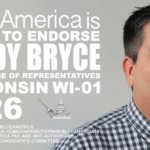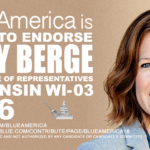All too true. It always amazes me to see people on my teevee singing the praises of the growing new economy, and I think to myself: Don't you know any normal people? Via Political Blindspot:
If you live in the United States, there is a good chance that you are now living in poverty or near poverty. Nearly 50 million Americans, (49.7 Million), are living below the poverty line, with 80% of the entire U.S. population living near poverty or below it.
That near poverty statistic is perhaps more startling than the 50 million Americans below the poverty line, because it translates to a full 80% of the population struggling with joblessness, near-poverty or reliance on government assistance to help make ends meet.
In September, the Associated Press pointed to survey data that told of an increasingly widening gap between rich and poor, as well as the loss of good-paying manufacturing jobs that used to provide opportunities for the “Working Class” to explain an increasing trend towards poverty in the U.S.
But the numbers of those below the poverty line does not merely reflect the number of jobless Americans. Instead, according to a revised census measure released Wednesday, the number – 3 million higher than what the official government numbers imagine – are also due to out-of-pocket medical costs and work-related expenses.
The new measure is generally “considered more reliable by social scientists because it factors in living expenses as well as the effects of government aid, such as food stamps and tax credits,” according to Hope Yen reporting for the Associated Press.
Some other findings revealed that food stamps helped 5 million people barely reach above the poverty line. That means that the actual poverty rate is even higher, as without such aid, poverty rate would rise from 16 percent to 17.6 percent.
Latino and Asian Americans saw an increase in poverty, rising to 27.8 percent and 16.7 percent respectively, from 25.8 percent and 11.8 percent under official government numbers. African-Americans, however, saw a very small decrease, from 27.3 percent to 25.8 percent which the study documents is due to government assistance programs. Non-Hispanic whites too rose from 9.8 percent to 10.7 percent in poverty.
“The primary reason that poverty remains so high,” Sheldon Danziger, a University of Michigan economist said, “is that the benefits of a growing economy are no longer being shared by all workers as they were in the quarter-century following the end of World War II.”



















